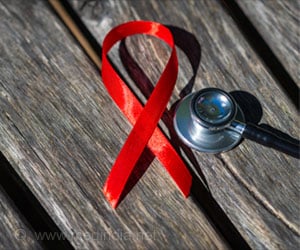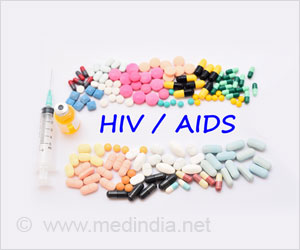HIV testing rates has remained relatively low with about one third of Americans ever having had an HIV test, and less than a quarter of the people at high risk have reported having been tested.
In the United States, the HIV testing rates has remained relatively low and constant since 2000 with about one third of Americans ever having had an HIV test, and less than a quarter of the people at high risk have reported having been tested in the past year.
The Duke University researchers who conducted an analysis of testing rates argue that while national HIV testing efforts have been expanded to include lower risk populations, there is still untapped potential to increase testing rates among high-risk individuals.“We found that high-risk groups want to get tested – but their actions don’t match up with their intentions,” said Brian Wells Pence, Ph.D., an infectious diseases epidemiologist at Duke University’s Center for Health Policy and co-author of a study appearing early online in the Archives of Internal Medicine.
The analysis of health surveys of 146,868 Americans showed that those at high risk for HIV, those who were depressed, and those who abused alcohol all demonstrated significant gaps between their intentions to get tested and their actual testing behavior – an observation that did not hold for lower-risk groups.
“Recent policy statements emphasize broadening HIV testing in the general population,” Pence said. “But such efforts should not come at the expense of trying to meet the desire for testing in higher risk groups. The results of our analysis suggest that high-risk groups know they should be tested – so significant potential may still exist to increase testing in such groups by focusing on access. Patients at alcohol and mental health treatment sites, for example, may be receptive to increased testing opportunities.”
People at high risk for contracting AIDS include those who have unprotected sex or who are injection drug abusers.
For their analysis, researchers pooled data collected during six consecutive annual National Health Interview Surveys, beginning in 2000. These detailed federal surveys of more than 35,000 households each year cover a wide variety of topics and are intended to get a “snapshot” of the overall health of the American population. The Duke researchers focused on a particular aspect of the survey results -- the difference between the proportion of individuals reporting an intention to get an HIV test in the coming year and the proportion that had been tested in the past year.
Advertisement
“Our analysis suggests that individual and structural barriers keep some individuals, and especially high-risk individuals, from translating their testing intentions into action,” Pence said. “Those who lacked a source of primary health care, for instance, were less likely to act on their intentions to test. The same was true of individuals who reported being depressed or abusing alcohol.”
The researchers also found that minority women were significantly more likely to get tested than white males.
An estimated 1.1 million Americans are infected with HIV, with about one-quarter of them unaware of their infection. This minority who do not know their status are believed to be responsible for over half of new HIV infections in the United States, making the expansion of HIV testing a top priority for the CDC.
Source-Eurekalert
GAN/V











